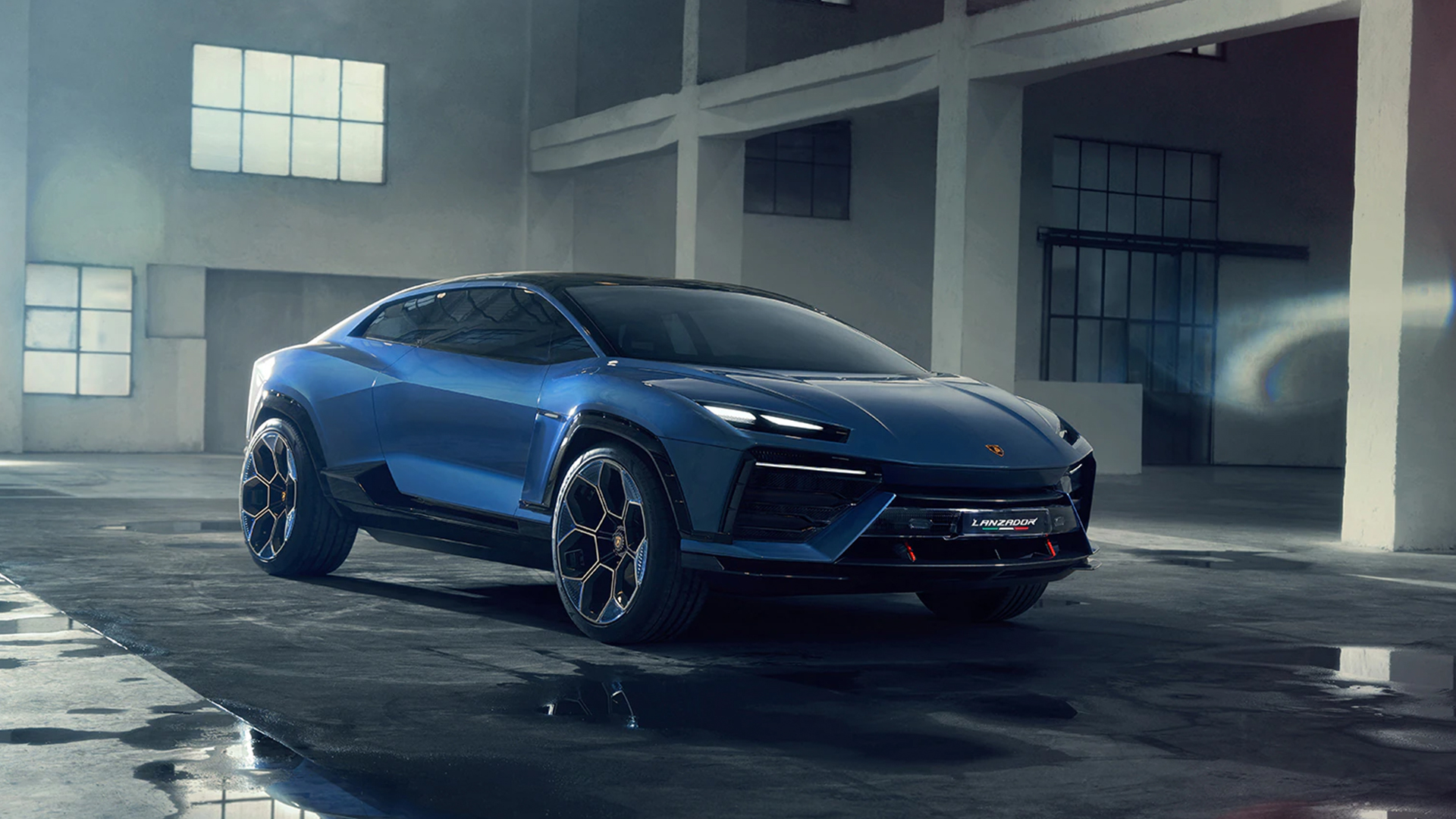The future of EV batteries? Lamborghini licenses new organic, fast-charging battery tech – and it could trickle down to cheaper EVs

Thanks to new Massachusetts Institute of Technology (MIT) research, which was part-funded by Lamborghini, we could soon see the end of difficult-to-source and often problematic rare metal materials featuring in the batteries of future electric vehicles.
The MIT study's aim was to replace cobalt and nickel, typically used as a cathode in today's lithium-ion battery technology, with organic materials that could be produced at a much lower cost. This would also reduce the impact on the planet and conduct electricity at similar rates as cobalt batteries.
"I think this material could have a big impact because it works really well," Mircea Dincă (W.M. Keck Professor of Energy at MIT) explains in an MIT blog post.
"It is already competitive with incumbent technologies, and it can save a lot of the cost and pain and environmental issues related to mining the metals that currently go into batteries," Dincă adds.
Cobalt is the study's main focus of attention, as the scarce metal is not only difficult and dangerous to mine but also problematic as much of the world’s cobalt deposits are located in politically-unstable countries. This also causes the costs to fluctuate on a regular basis, which is part of the reason today's EVs are so expensive.
The research, which has been running for six years, has culminated in a novel organic material that could be a direct replacement for cobalt and nickel.
According to details recently released by MIT, this material consists of many layers of TAQ (bis-tetraaminobenzoquinone), an organic small molecule that contains three fused hexagonal rings.
Sign up for breaking news, reviews, opinion, top tech deals, and more.
It's a complicated subject for those not donning lab coats for a living, but these TAQ layers can extend outward in every direction, forming a structure similar to graphite.
Within the molecules are chemical groups called quinones, which are the electron reservoirs, and amines, which help the material to form strong hydrogen bonds, which ensure they don’t dissolve into the battery electrolyte (something that has previously blighted organic cathode compounds), thus extending the lifetime of the battery.
Performance batteries for performance cars

It comes as no surprise that Lamborghini has licensed the patent on this technology, seeing as it funded the research and has a certain Lanzador high performance electric vehicle in the pipeline.
Researchers say that tests of the material revealed that its conductivity and storage capacity were comparable to that of traditional cobalt-containing batteries. Also, batteries with a TAQ cathode can be charged and discharged faster than existing batteries, which could speed up the charging rate for electric vehicles.
This speedy rate of charge and discharge could help give something like Lamborghini’s Lanzador a performance edge, while super-fast charging capabilities will negate the need for lengthy charging stops – something the Italian marque's discerning clientele will likely be opposed to.
However, Lamborghini is also part of the wider Volkswagen Group and seeing that the primary materials needed to manufacture this type of cathode are already commercially available and produced in large quantities as commodity chemicals, we may see the battery tech filter down to more affordable EVs in the future.
You might also like

Leon has been navigating a world where automotive and tech collide for almost 20 years, reporting on everything from in-car entertainment to robotised manufacturing plants. Currently, EVs are the focus of his attentions, but give it a few years and it will be electric vertical take-off and landing craft. Outside of work hours, he can be found tinkering with distinctly analogue motorcycles, because electric motors are no replacement for an old Honda inline four.